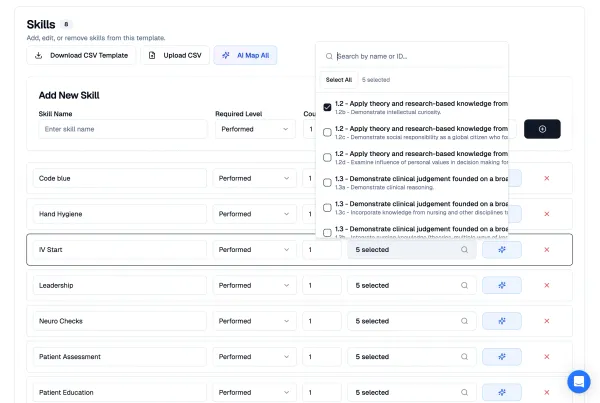Breaking Down the Nurse-Patient Ratio Debate: What You Need to Know

The nurse-patient ratio is a topic of ongoing debate in the nursing profession. Some argue that a higher nurse-patient ratio can lead to decreased patient safety and poorer health outcomes, while others contend that ratios should be flexible and based on patient acuity and other factors. In this article, we’ll explore the nurse-patient ratio debate and provide you with the information you need to know.
What is the Nurse-Patient Ratio?
The nurse-patient ratio is the number of patients assigned to each nurse during a shift. In the United States, there is no federal law mandating a specific nurse-patient ratio, leaving it up to individual states to determine their own standards. Many states have set minimum ratios, while others have only recommended guidelines. Some hospitals also establish their own nurse-patient ratios based on factors such as patient acuity and staffing levels.
Arguments for Higher Nurse-Patient Ratios
Those who argue for higher nurse-patient ratios often cite cost-effectiveness as the primary reason. They argue that hiring more nurses to lower the ratio would be expensive and ultimately lead to higher healthcare costs. Additionally, some argue that ratios should be flexible and based on patient acuity and other factors, rather than a fixed number. This allows hospitals to adapt to the changing needs of their patients and ensure that the appropriate level of care is provided.
Arguments for Lower Nurse-Patient Ratios
On the other side of the debate, many argue that lower nurse-patient ratios are necessary to ensure patient safety and improve health outcomes. Research has shown that higher ratios are associated with increased rates of patient falls, medication errors, and hospital-acquired infections. In addition, nurses with higher patient loads may be more likely to experience burnout and job dissatisfaction, leading to higher rates of turnover.
The Importance of Nurse Staffing Levels
Regardless of the specific nurse-patient ratio, it’s important for hospitals to have adequate nurse staffing levels to ensure that patients receive high-quality care. This includes not only the number of nurses but also their skill level and experience. Nurses with more experience and advanced training can provide a higher level of care and better patient outcomes.
The Role of Nurses in Advocating for Patient Safety
Nurses play a critical role in advocating for patient safety and ensuring that appropriate nurse staffing levels are maintained. Nurses can speak up when they feel that patient safety is at risk due to staffing levels, communicate with hospital administrators about the importance of appropriate staffing levels, and advocate for policies that prioritize patient safety.
The nurse-patient ratio debate is complex, with arguments on both sides. While some argue for higher ratios based on cost-effectiveness and flexibility, research has shown that lower ratios are associated with improved patient outcomes and decreased rates of medical errors. Regardless of the specific ratio, adequate nurse staffing levels and skill level are critical for ensuring patient safety and high-quality care. Nurses play a vital role in advocating for patient safety and ensuring that appropriate staffing levels are maintained.





